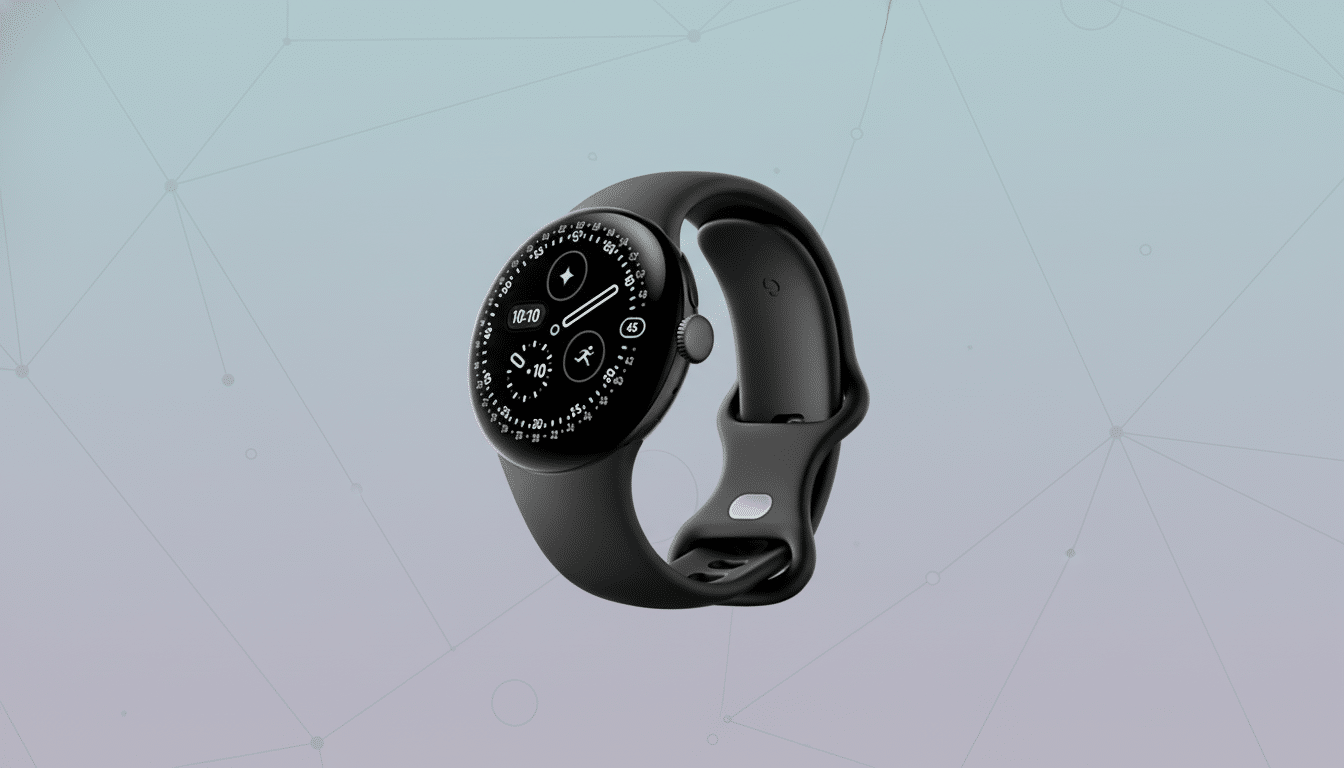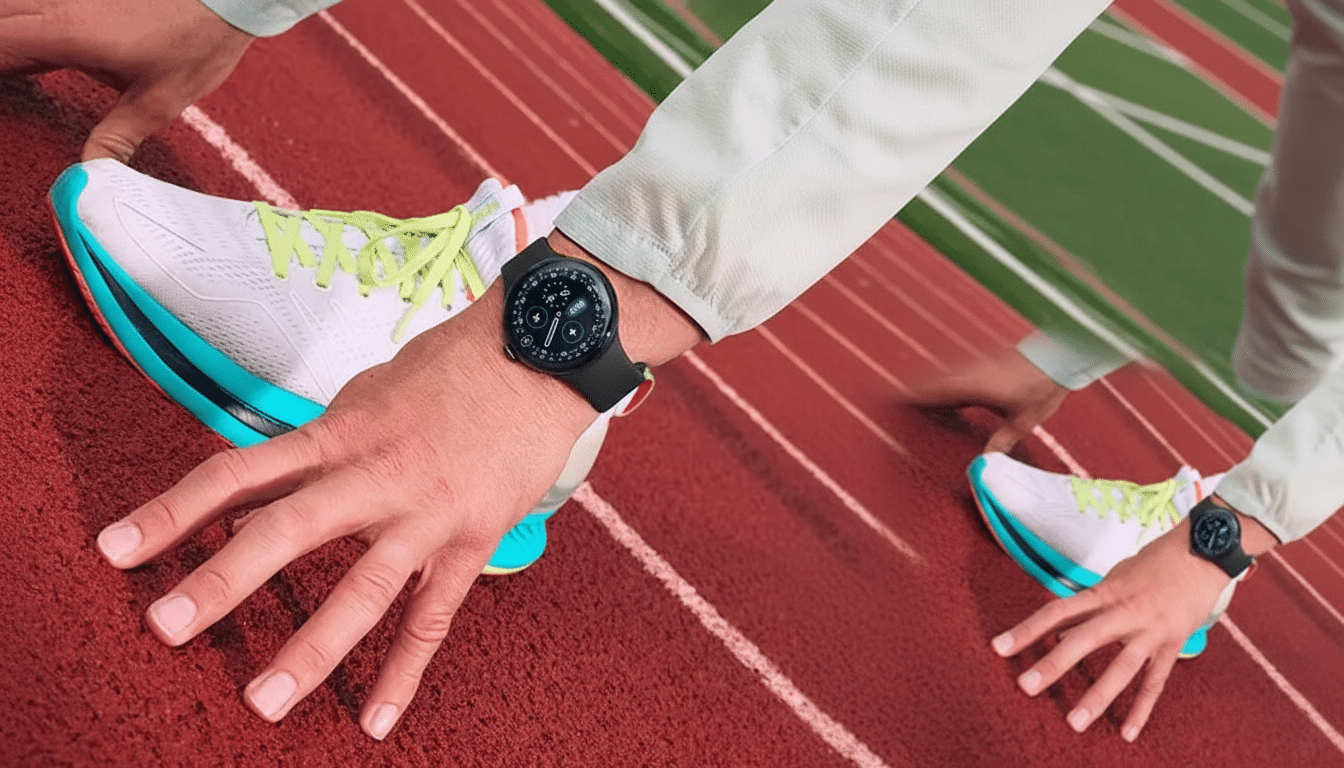One of the best wearables of the season just got its deepest discount yet.
The LTE edition of the Google Pixel Watch 4 is reduced by $100 to $349.99, a 22% saving that turns it from flagship smartwatch to midrange performer. If you don’t mind having it tied to your phone, the Wi‑Fi model is also $50 off.
- The Price and Options for Black Friday Deals
- Key Features That Matter on the Pixel Watch 4
- Repairability and design tweaks for the Pixel Watch 4
- Real-world context and data behind fitness wearables
- How it stacks up against other smartwatches today
- Who should jump now on the Pixel Watch 4 Black Friday deal
- Bottom line on the Pixel Watch 4 Black Friday pricing

The Price and Options for Black Friday Deals
The marquee deal is on the LTE model, which retails for $449.99 on the regular. At $349.99, it is an enticing introductory price for users who seek on‑wrist calling, data, and safety features without depending on a nearby phone. The Wi‑Fi model is still the better value if you’re generally in range of a Bluetooth connection, too, and the smaller discount means there’s still some money off what you’d normally pay on the street outside peak sales events.
Stock on new‑generation wearables usually tightens up during the holiday season, especially for popular colors and band sizes. If you’ve been waiting for a decrease in material price before fully entrusting yourself, this is the sort of drop that doesn’t stick around once gift buying gets underway.
Key Features That Matter on the Pixel Watch 4
The Pixel Watch 4 builds on key basics, such as an even brighter AMOLED display that’s already readable in bright sunlight, a more robust case with a more defined domed profile, and the shift to Qualcomm’s Snapdragon W5 Gen 2 platform — for smoother performance at better efficiency. Apps boot up quickly, animations are smooth, and jumping around between tiles and notifications is consistently snappy.
Battery life is estimated at about 30 hours, and it can last even longer with Battery Saver mode when you don’t have access to a charger. In day‑to‑day use, that means you can wear it to track sleep and still have enough battery available to last through the next workday with notifications enabled, occasional GPS workouts logged, and always‑on display toggled based on circumstance.
Google’s safety toolbox gets a significant boost. In the LTE edition, it has integrated Emergency SOS with support for satellite services if available — a potential lifesaver when you’re outside cellular coverage. Fall detection and Safety Check are on board, and the haptic crown ensures you can trigger an alert quickly without having to dive through menus.
In terms of health, dual‑frequency GPS (L1 + L5) helps accuracy in busy cities and heavily wooded trails, skin temperature sensing provides additional context to recovery and sleep trends, and continuous heart rate tracking benefits from the mature algorithms Fitbit has developed. The watch’s AI‑powered coaching adjusts to your lifestyle and shows you easy‑to‑perform targeting instead of outdated one-size-fits-all benchmarks.

Repairability and design tweaks for the Pixel Watch 4
Yet one of its quietly important changes is a nod toward user‑replaceable design. Offering the option to change the battery or display yourself falls within the wider right‑to‑repair movement and could very well prolong how long that watch stays on your wrist. It’s a pragmatic hat tip to sustainability, and it also helps protect your investment if you plan on holding on to the device for a few years.
Bands are still a cinch to switch out, and the overall look remains definitively minimal. The flush glass and short, squat lugs allow the watch to dress up or down depending on if it’s next to a suit or running kit.
Real-world context and data behind fitness wearables
These wearables are more than gadgets; they change behavior. One big meta‑analysis, published in JAMA, concluded that fitness tracker users added an average of about 1,800 to 2,000 steps a day and experienced modest weight loss and increases in activity levels. Personalized coaching and dependable GPS mapping are the levers that make those gains permanent, and they’re just where this generation glimmers most brightly.
Industry watchers like IDC and Counterpoint Research have also reported steady growth in premium smartwatches built around Android, as buyers are increasingly looking for battery life improvements, accurate location tracking, and stronger safety features. The Pixel Watch 4’s package fits right there, especially at this price.
How it stacks up against other smartwatches today
Against competition, the Pixel Watch 4 relies on deep Android permeation, especially when paired with recent Pixel phones for Assistant features, smart home control, and cross‑device media handoff. Samsung’s new Galaxy Watch is very good at performance and body‑composition tracking, but Apple’s devices still lead in third‑party app depth. If you live in Google’s ecosystem and appreciate Fitbit’s metrics and safety offerings, this could shift the value balance slightly more into Google’s favor.
Who should jump now on the Pixel Watch 4 Black Friday deal
Runners and hikers looking for precise routes, Android smartphone users wanting wrist‑first convenience of LTE, and anyone hoping for a repairable long‑term wearable fit the bill. If you depend on phone‑free workouts or you want to commute without your handset, the LTE model at $349.99 is the play. If you’re sticking close to your phone and mostly care about health tracking and notifications, it’s hard to argue with the Wi‑Fi model’s $50 discount.
Bottom line on the Pixel Watch 4 Black Friday pricing
You don’t see $100 off a current‑gen flagship smartwatch every week. This time around, with brighter visuals and more powerful performance supplemented by satellite‑enabled safety and Fitbit‑backed health tools, the Pixel Watch 4 is an easy choice for Black Friday—especially at $349.99 for LTE. If it’s on your wishlist, this is one of those times to act before inventory and prices snap back.

